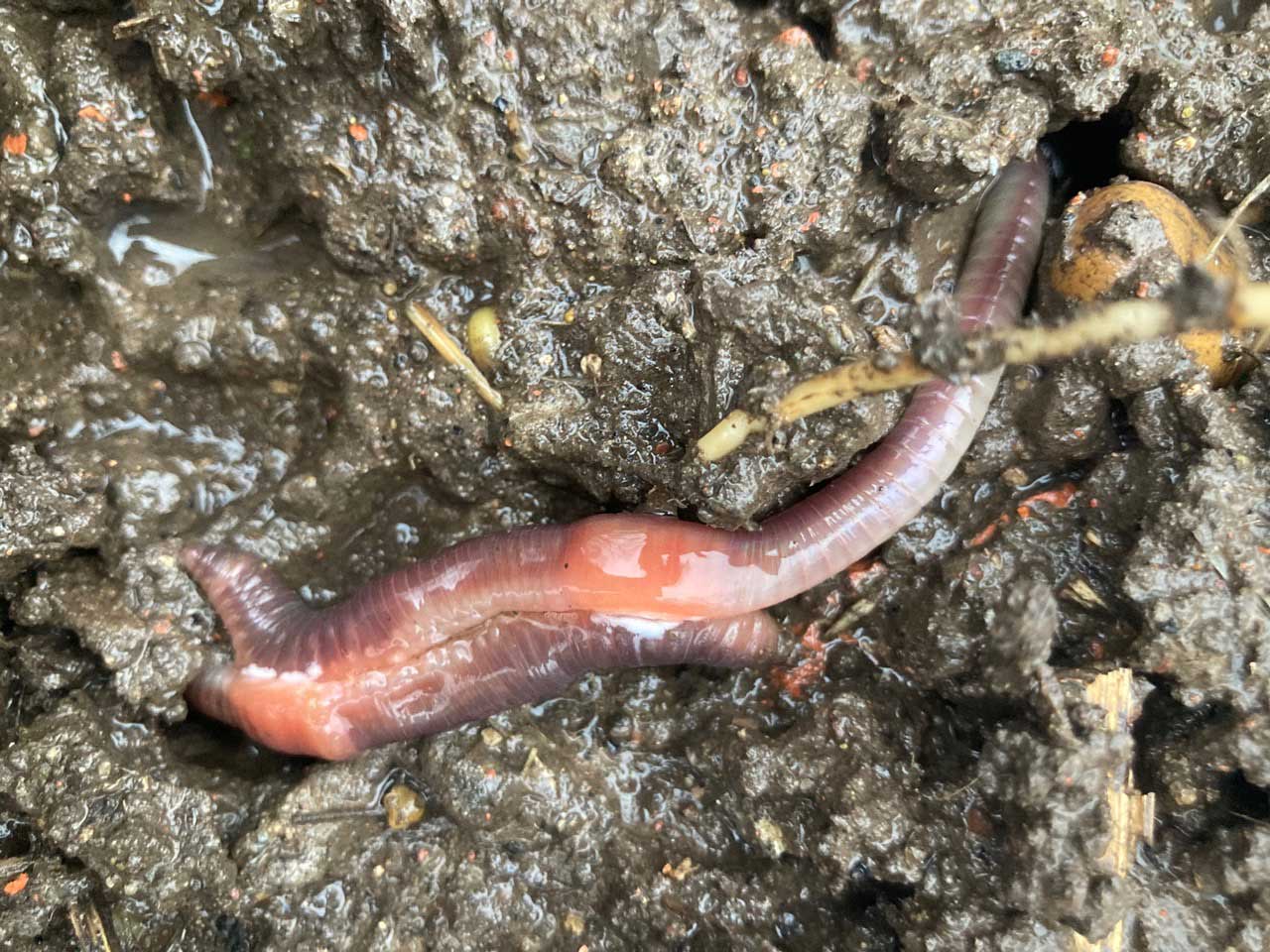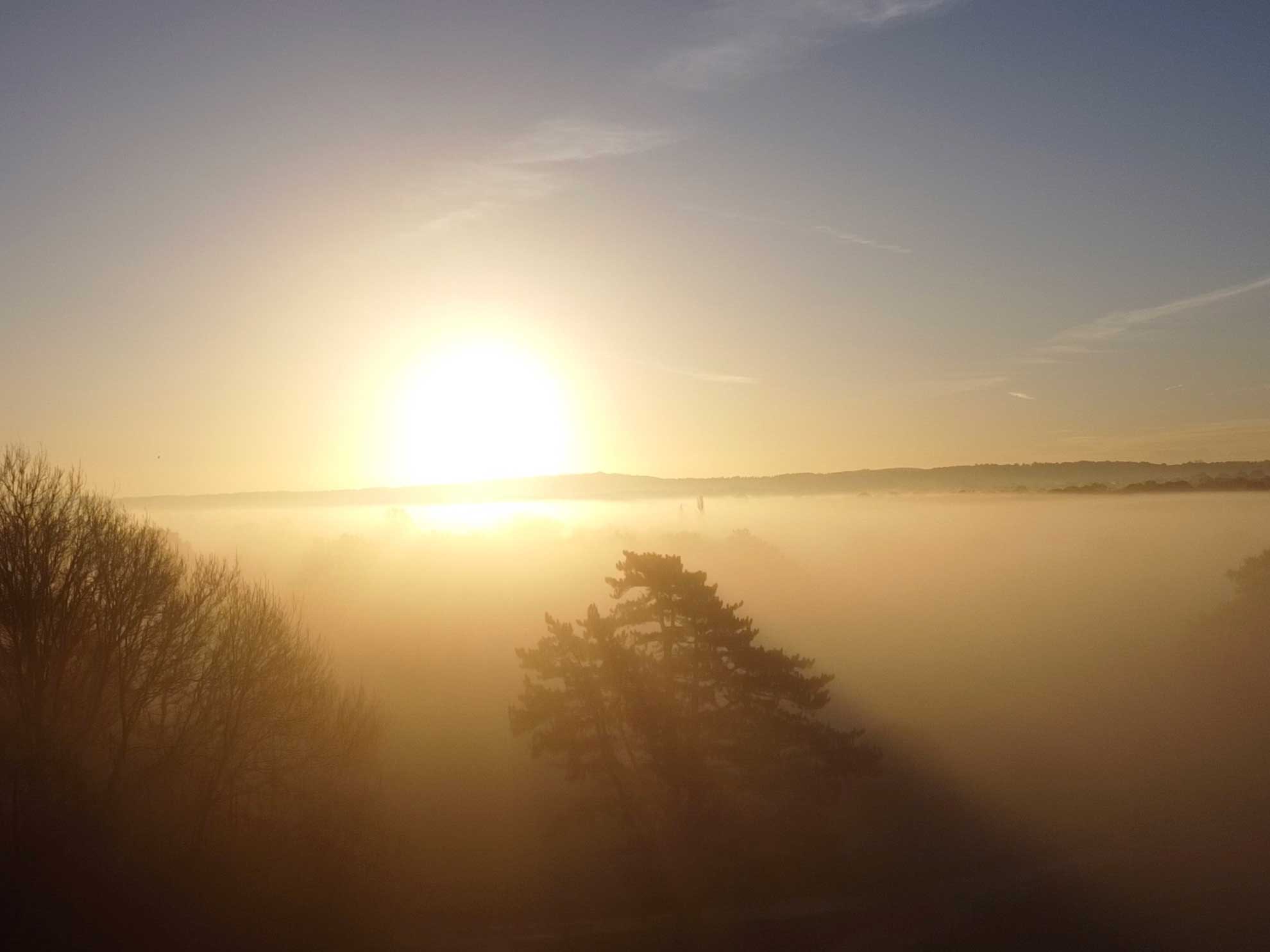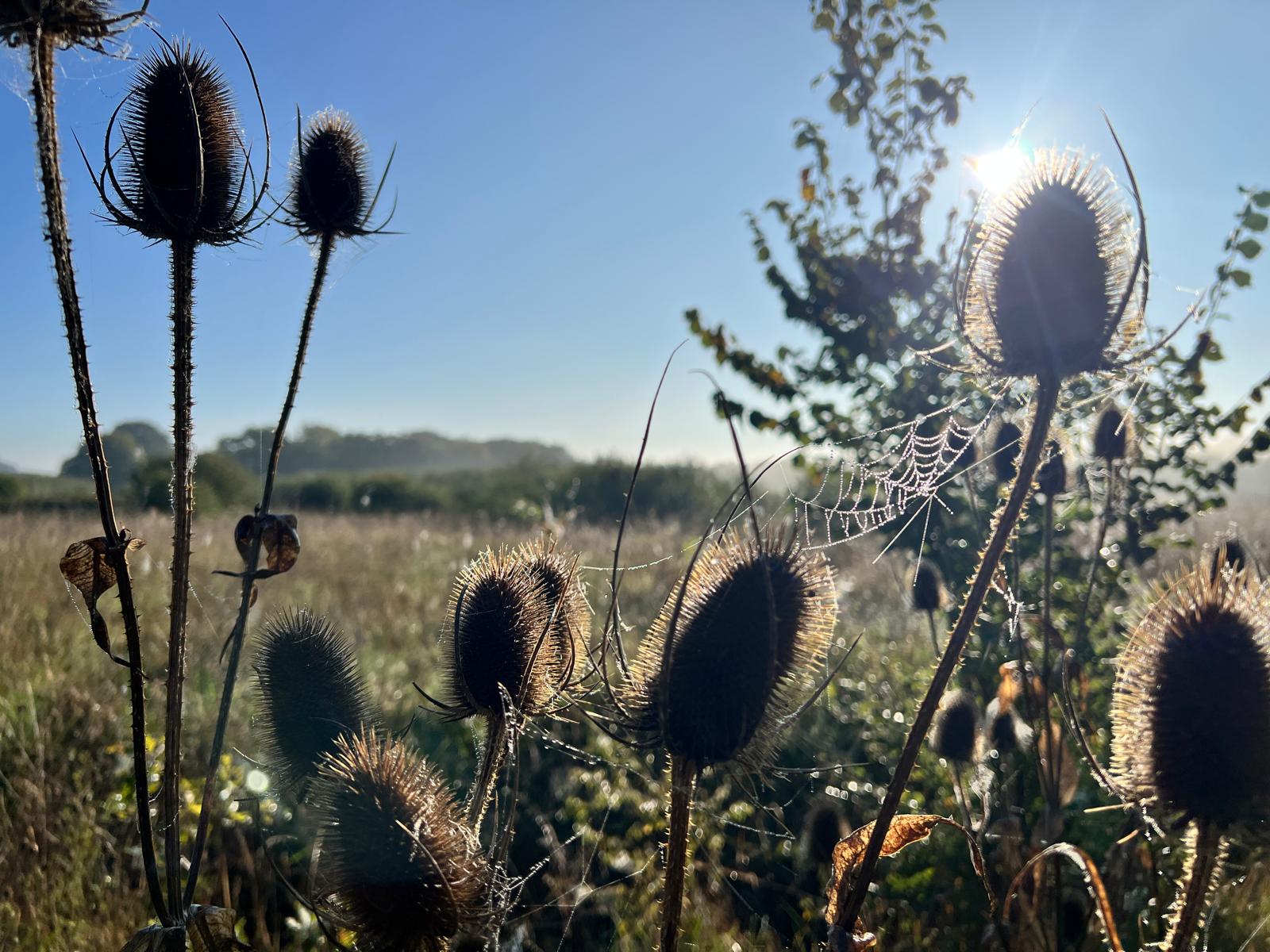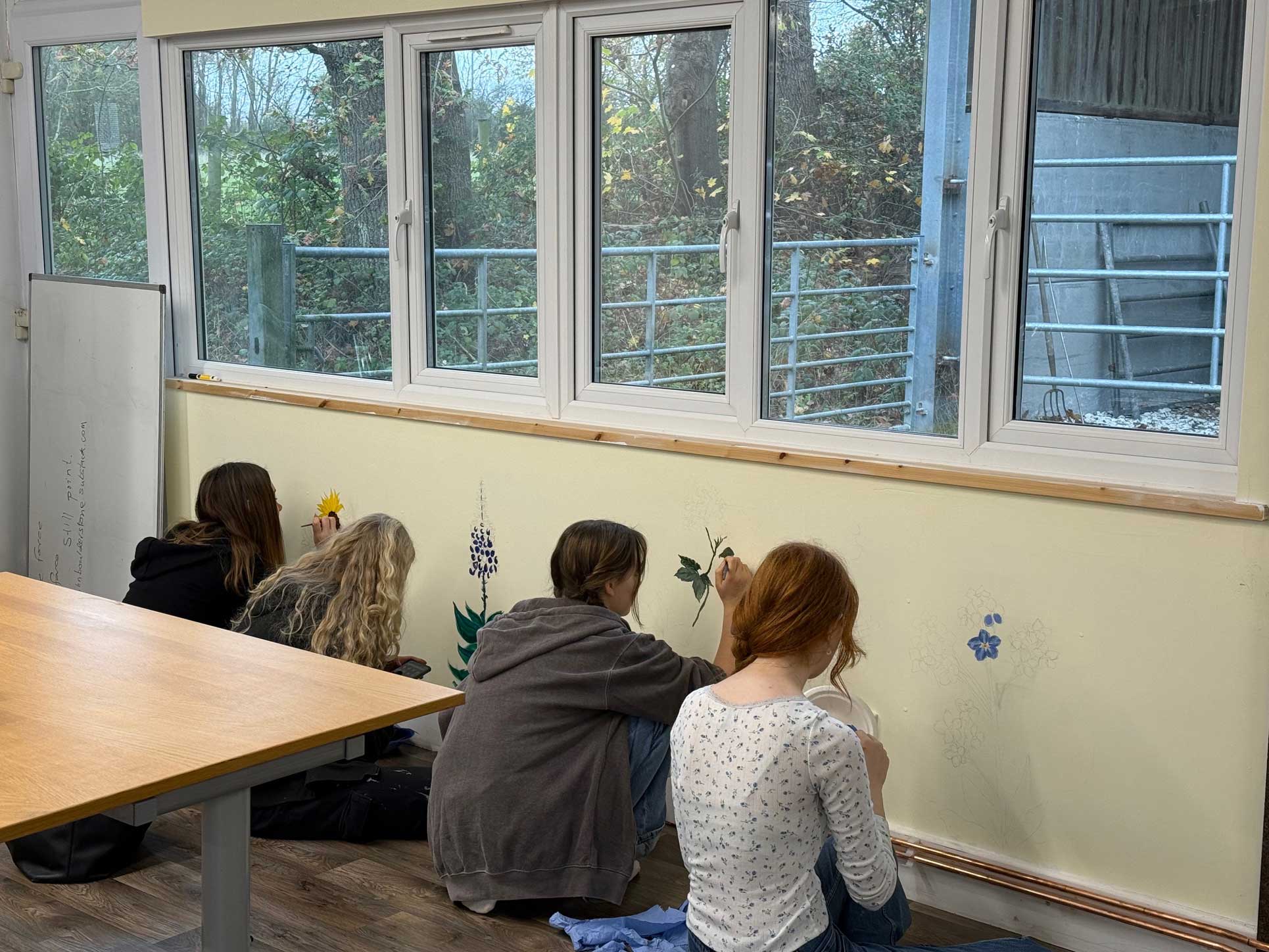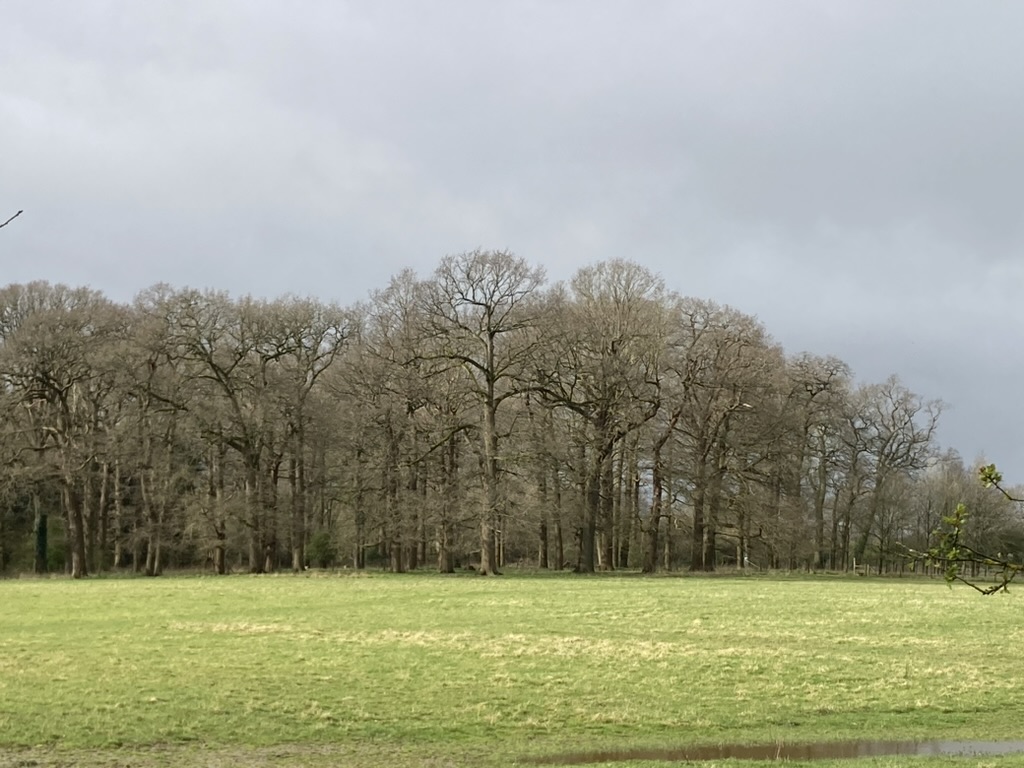From the Blog
When does a hunch become a knowing? How do we learn to trust our gut instinct?
These are two questions I have been pondering this week. Certainly for many of us, myself included, we have not been encouraged or taught how to listen to and trust our instinct. Most of us make decisions by weighing up the pros and cons, thought through using logic, estimations and calculations. Watching the natural world, I have become more inclined to learn from the other species who are only working on instinct and do so, seemingly effortlessly. So how do we learn to trust our instinct more? How can we identify which of our inner voices are our knowing, intuitive self and which is the fearful, protective voice of the ego? They can sound confusingly similar at times and learning to tell them apart is an integral part to living an authentic life.
Teaching others to trust their intuition is easier in many ways. Children are naturally attuned to it I have seen, or at least, my children are and so I assume others are too. But learning to identify how to trust one’s own instinct and inner guidance is more challenging but if we are to make good and wise decisions, then we need to learn to listen to the quiet voices of knowing. The ones that emanate from the gut. Discerning the difference takes time and patience and I, personally, am still finding my way.
Much of this journey began when I walked and listened to the land that we bought 4 years’ ago. Previously commercial arable land, this newly acquired soil had been worked hard for decades, being sprayed umpteen times a year with a multitude of toxic chemicals to kill off any unwanted fungi, weeds or pests and to boost growth with chemical fertilisers. For centuries crops grew without these fertilisers and yet for some reason, it is a rarity that crops are now grown without it. This fertiliser alone emits more CO2 into the atmosphere than the entire global aviation industry. I was shocked when I learned this.
This soil I now was responsible for felt depleted and exhausted; feeling as though there was very little left to give, it was asking to be healed. The knowledge of this emerged in my consciousness over a period of a few weeks whilst walking the fields repeatedly four years ago; it became a voice of knowing that grew from somewhere inside me. This, for me, was the beginning of learning to trust my gut instinct and I have been learning to trust it more ever since.
Today I found out that some of this has worked. We just took soil samples from a piece of this ex-arable land; an area that was rested for 2 years and then last year planted a cover crop (which helps to put nutrients back into the soil). This soil is now full of worms. Four years ago it was dry and lifeless, and there is already life returning and the soil is healing. The beginning of agroecological farming, where the focus is on the soil biology rather than the chemistry, for optimising crop health. Next week we will plant our first crops so the coming months will reveal more about our approach and what has worked and what hasn’t, but I feel for the moment as though I shall continue to learn to trust my instincts more often, because we all know that worms are a good sign.

